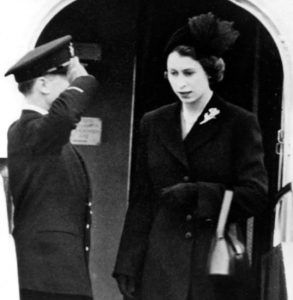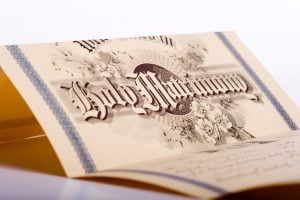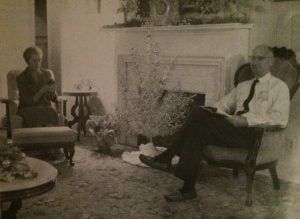The King Is Dead . . . Long Live The Queen

On Sunday, February 6, 2022, Queen Elizabeth II celebrated a rare milestone these days—70 years at the same job. Granted, being the Queen is a singularly unique position to occupy, as noted by a friend of mine years ago upon learning that my daughter wanted to be a queen when she grew up. “Good work, if you can get it.”
Elizabeth’s ascension to the throne at the young age of 25 was brought about by the sudden death of her father, King George VI. He had become King by default when his brother and heir to the throne, Edward VIII, abdicated in order to marry Wallis Simpson, a twice-divorced American whose multiple marriages made Edward’s advisors cringe. So Edward took his toys—and Wallis—and went home to France, allowing Elizabeth’s father Albert, Duke of York, to rule as George VI. The date was December 10, 1935 . . . 325 days after Edward was crowned King.
From that point forward Elizabeth was the presumptive heir to the throne, a duty she understood but I’m fairly certain did not anticipate having to fulfill just 16 years later. And even though she was a princess, destined to rule over the British Empire, she woke up that fateful morning excited about the wildlife at the lodge in Kenya where she and Philip were staying. With camera in hand, she had gone about her day, completely unaware that her life had already changed drastically. In the hours that followed, she experienced much of what we all do when Death strikes close to home, just from a princess’s point of view . . .
Elizabeth’s father died in his sleep of coronary thrombosis—in other words, a blood clot. He was found in his bed at 7:30 the morning of February 6, 1952 by his servants who became alarmed when the water they were running for his bath did not wake him as it normally did.
Elizabeth and Philip were scheduled to tour Australia and New Zealand as stand-ins for the King and Queen since his health would not permit him to travel. But their first stop was Kenya where they initially stayed in a tree house perched high atop an enormous fig tree with accommodations accessible only by a ladder attached to the side of the trunk.
It was while in Kenya that they learned of George VI’s death, but not before the rest of the world knew. The telegram sent to the Government House in Nairobi could not be decoded and the couple’s remote location delayed the news reaching them. They were actually informed by way of Granville Roberts, a journalist covering their trip. Reuters had issued a news flash which Roberts’s office received, a simple, one sentence message. “The King is dead.” Roberts called Philip’s private secretary, Commander Michael Parker, who woke a napping Philip to share the news.
Philip took Elizabeth for a walk in the gardens where he told her of her father’s death. This young mother of two, the wife of a naval officer with as normal a life as a princess can have, was now the Queen.
Those around her never saw her cry, but once the plane was airborne, she excused herself and stepped into the bathroom where she stayed for an extended period of time. Although her eyes were dry when she returned, they were also red and puffy, a result of the tears she had obviously shed in private.
Always conscious of the message her appearance conveyed, Elizabeth realized she had no mourning clothes. She had quickly left Sagana Lodge and boarded the plane wearing the beige summer dress and white shoes she had on at the time Philip informed her of her father’s death. Upon her return to England, the plane touched down in a distant corner of the air field. An appropriate mourning dress was brought aboard and the new Queen changed before making her first public appearance. She was greeted by a group of dignitaries that included her uncle and Prime Minister Winston Churchill.
Perhaps Queen Elizabeth II’s cousin, Lady Pamela Hicks, best summed up the events surrounding George VI’s death and Elizabeth’s ascension to the throne. Traveling with Elizabeth in her official position as a lady-in-waiting, and thinking of the ladder Elizabeth had climbed to her tree house abode, Hicks observed, “She goes up that ladder a princess; the King dies that night; she comes down that ladder a Queen.” In other words, no matter your position in this life, Death has the power to turn your world upside down. And he usually does.
About the author: Lisa Shackelford Thomas is a fourth generation member of a family that’s been in funeral service since 1926. She has been employed at Shackelford Funeral Directors in Savannah, Tennessee for over 40 years and currently serves as the manager there. Any opinions expressed here are hers and hers alone, and may or may not reflect the opinions of other Shackelford family members or staff.
The post The King Is Dead . . . Long Live The Queen appeared first on Shackelford Funeral Directors | Blog.












